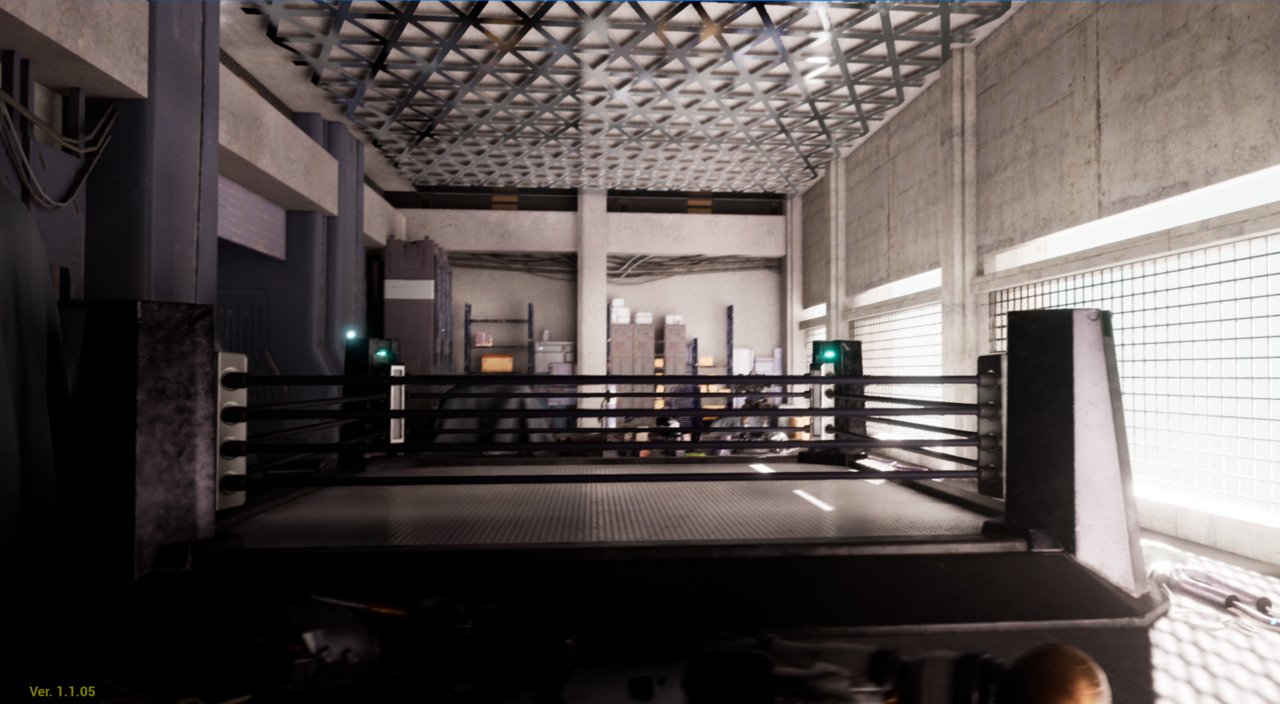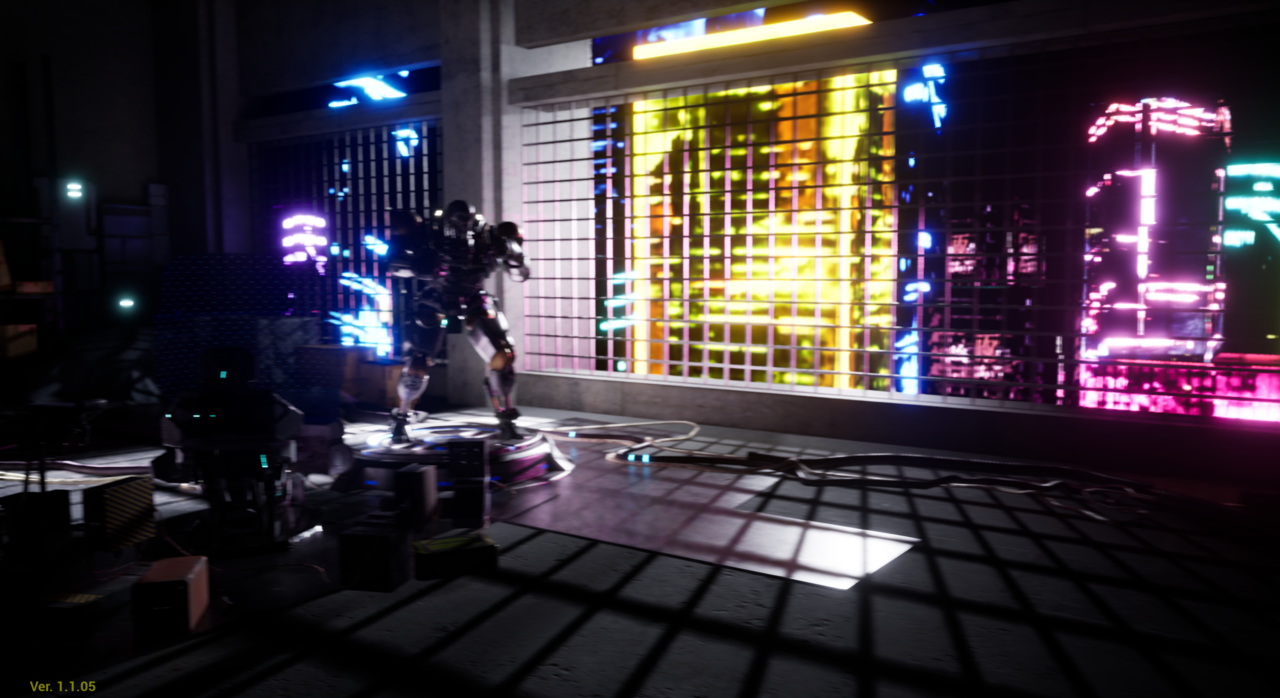Best Practices for hardware ray tracing with Lumen on Android Devices
Introduction
Lumen and Ray Tracing
Acceleration Structure
Only Add Important Objects into Ray Tracing
Take Full Advantage of Instancing
Optimize Acceleration Structure
Reduce Acceleration Structure Run-time Update Cost
Lumen General Setting Optimizations
Next Steps
Best Practices for hardware ray tracing with Lumen on Android Devices
Overview
In 2023, Arm developed a demo to showcase the new frontier of next-generation graphics technologies of the Immortalis GPU via the Unreal Lumen rendering system. If you are not familiar with Lumen and global illumination, please review How to Enable Hardware Ray Tracing on Lumen for Android Devices before proceeding.
The demo is named Steel Arms. Created with Unreal Engine 5.3, Steel Arms brings desktop-level Bloom, Motion Blur, and Depth of Field (DOF) effects, alongside Physically Based Rendering (PBR), to smartphones.
The following screenshots are from scenes in Steel Arms which is powered by Unreal Lumen. Several optimization tips and techniques were used in the development of Steel Arms for achieving the best performance with Lumen. This learning path will start with an introduction to ray tracing and then cover the best practices for hardware ray tracing in Lumen.


What is Ray Tracing?
Ray tracing is a rendering technique used in computer graphics to simulate the way light interacts with objects in a scene. Essentially, developers can cast a ray in any direction and find the closest intersection between the ray and scene geometries. Arm implemented this ray tracing technique in hardware to accelerate the speed of ray traversal in the Immortalis-G715 GPU.
To accelerate the speed of ray traversal, the scene geometry data needs to be organized into a data structure called an Acceleration Structure. When finding intersections between rays and scene geometries, the hardware traverses the acceleration structure to quickly locate the intersections. Therefore, the acceleration structure is critical to the performance of hardware ray tracing. The next topic will explain acceleration structures in more detail.